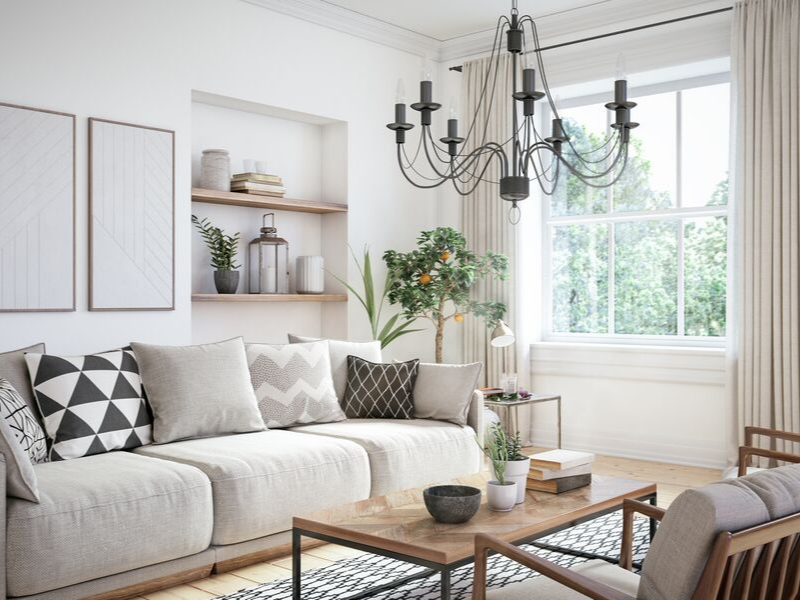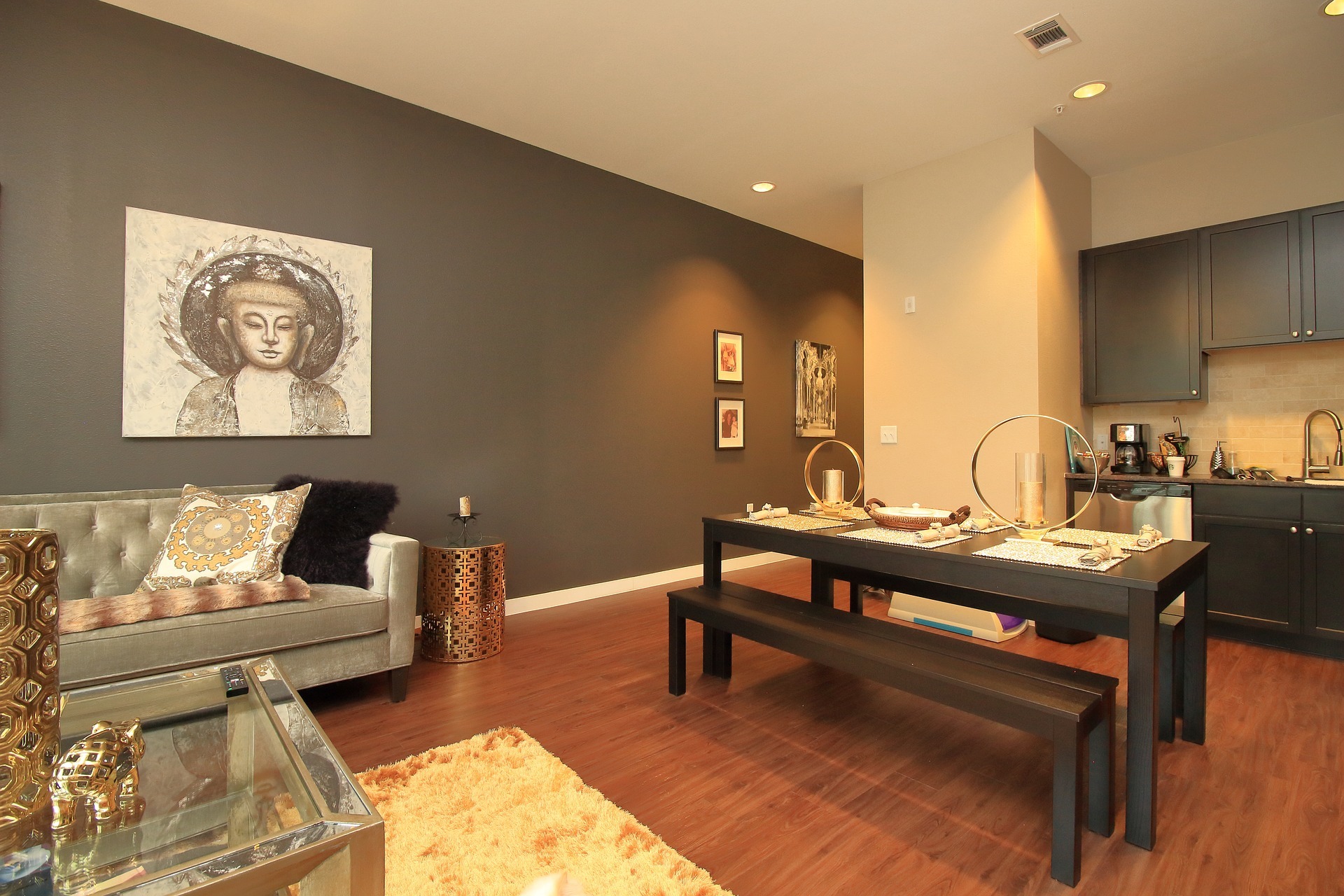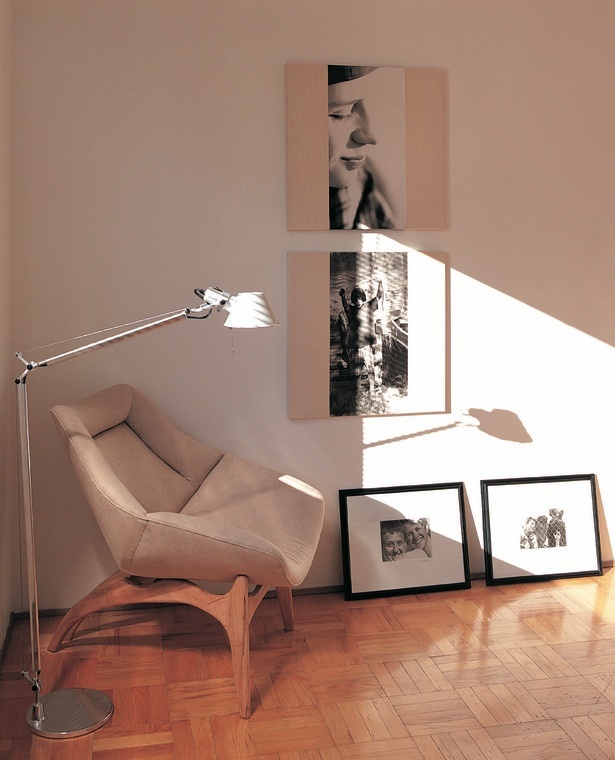7 Costly Mistakes in the Selling Process

Sellers dream of a flawlessly executed home sale where everything goes smoothly, and they end up with a satisfied buyer. To achieve this ideal end goal, it’s important to be aware of the mistakes along the way that could potentially derail the sale. Mistakes in the selling process come in all sizes, but some can be more costly than others.
1. Incorrect Pricing
Simply put, sellers want to get the most value for their home. Inaccurately priced homes create complications in the selling process and can be costly. Overpriced homes are unable to compete with other homes in a more expensive bracket, reducing its appeal to buyers. The longer a home stays on the market, the more likely the seller will have to lower the price, and this could result in a final asking price that is well below what the home is worth. Underpricing can be used as a strategy to generate added interest among buyers and thereby drive up the home’s market value, but it requires that a bidding war take place among buyers.
2. Underestimating Selling Costs
There are many costs associated with selling a home that can easily pile up if not planned for. Commission fees take up a significant portion of selling costs, typically between five to six percent of the sale price. Sellers must budget for home inspections, making repairs, and staging the home to get it market-ready. During closing, sellers need to prepare for various costs including sales tax, attorney fees, and any fees related to the transfer of the title, and more. Not accounting for any of these costs can come as an unpleasant surprise.
3. Selling When Underwater
It may be tempting to think of selling a home solely as a revenue-generating event. However, if a seller still owes more on their mortgage than what their home is worth, or if the property has gone down in value, they still may not make enough money on the sale to pay off the mortgage. Any homeowner who finds themselves underwater on their mortgage should consider building more equity before they sell.
4. Selling FSBO
Selling a home “For Sale By Owner” (FSBO) presents sellers with the opportunity to save on commission fees but is a complex and risky process that can easily lead to serious costs. Not only does selling FSBO mean that the seller will incur all costs an agent would have taken on to market the home, but they are accepting added liability as well. If any mistake occurs during the offer process, negotiations, or closing, the seller finds themselves without the representation of an experienced professional. This leaves a great opportunity for costly mistakes that could potentially jeopardize the sale.
5. Failing to Disclose Repairs
If a seller fails to disclose any outstanding repairs and issues inherent in the home, they will likely come to light during the buyer’s inspection and can create a very costly situation for the seller. These losses can be avoided by being transparent about what repairs are needed ahead of time. Sellers can also opt to conduct a pre-listing inspection, which can be especially helpful in competitive markets. Disclosure rules vary by state.
6. Neglecting to Stage Your Home
Home staging is a critical element for getting the most value for a home and selling it quickly. By neglecting to stage, sellers are opening the door for lowered offers and reduced sale prices. The staging process is also the perfect time for sellers to inspect their home for any minor or cosmetic repairs that can be addressed quickly.
7. Not Choosing the Best Offer
Naturally, the highest offer received on a home may seem like the most enticing. But just because an offer may be higher than another doesn’t mean it’s the best one. It’s critical for sellers to communicate with their agent about the full terms of the offer to understand its contingencies, how it affects their bottom line, and how those components align with their needs and preferences.
If you’d like more information on selling your home and how to avoid costly mistakes, an experienced Windermere agent is ready to help. Click here to connect with an agent today.
Stage Your Home to Impress Holiday Guests

 A few tricks used by professional home stagers can make your home holiday-guest-ready, even if you’re preparing for a visit from your in-laws, not potential buyers.
A few tricks used by professional home stagers can make your home holiday-guest-ready, even if you’re preparing for a visit from your in-laws, not potential buyers.
While friends and family might be more forgiving than a home-shopper would be, you’ll still want to create a clean and uncluttered atmosphere for making holiday memories. A major difference is, for friends and family, you don’t need to depersonalize. Tastefully placed photographs and kids’ hand-made masterpieces can help make a house a home, after all.
But you do want to make your place look and smell clean, and you might even want to evoke a sense of holiday magic and warmth. Michele Graham, a Long & Foster regional administrator and accredited home stager who works with agents in the greater Philadelphia area, offered these tips:
Cleanliness first. Make bathrooms sparkle and shine, since these are rooms every guest will probably see. Add fresh cut greens on top of the window treatments, and set out festive holiday hand towels or napkins. Keep small caddies of cleaning supplies in the bathroom and kitchen, or at least on each level of the home, to make clean-ups faster. In the kitchen, run a piece of fresh lemon through the garbage disposal and wipe off the splash guard, which can collect grime.
Clip an automobile air freshener to your shower curtain in a hidden spot to keep the bathrooms smelling good. You can use dryer sheets to do a quick dust job or polish up chrome faucets. Baby oil will make stainless steel appliances shine.
Add sparkle. Put something shiny in every room, whether it’s mirrors, mercury glass, silver or gold candlesticks, picture frames, or a string of white lights. The light will bounce off eye-catching shiny and metallic surfaces.
Bring in some green. Liven up your mantle or table with evergreen branches, holly boughs with berries, dogwood, and other décor provided by nature. You might find the perfect accents right in your own backyard.
Layer and add depth. A few silver and gold accessories add formality, while plaids and burlap are more casual. Embrace the palette of the season, with its gray sky, snow and evergreens. Even after the holidays, you can use white and silver accents around the house. You can add a pop of color using throw blankets and pillows.
Festive curb appeal. Greet your guests upon their arrival with window boxes filled with fresh-cut greens or even fake ones. Holly branches, pine cones and shiny round Christmas ornaments catch the eye.
Graham said you don’t have to spend a lot of money to get your home ready for the holidays. Most of the items she recommends can be found at dollar stores and thrift shops.
And one of the best ways to brighten your space is free. “Keep your window treatments open to let in as much natural light as possible,” Graham said. “It will add a wonderful glow to accent your décor.”
For more information on Windermere Evergreen please contact us here.
 Facebook
Facebook
 X
X
 Pinterest
Pinterest
 Copy Link
Copy Link









 DIY Home Staging Tips:
DIY Home Staging Tips: